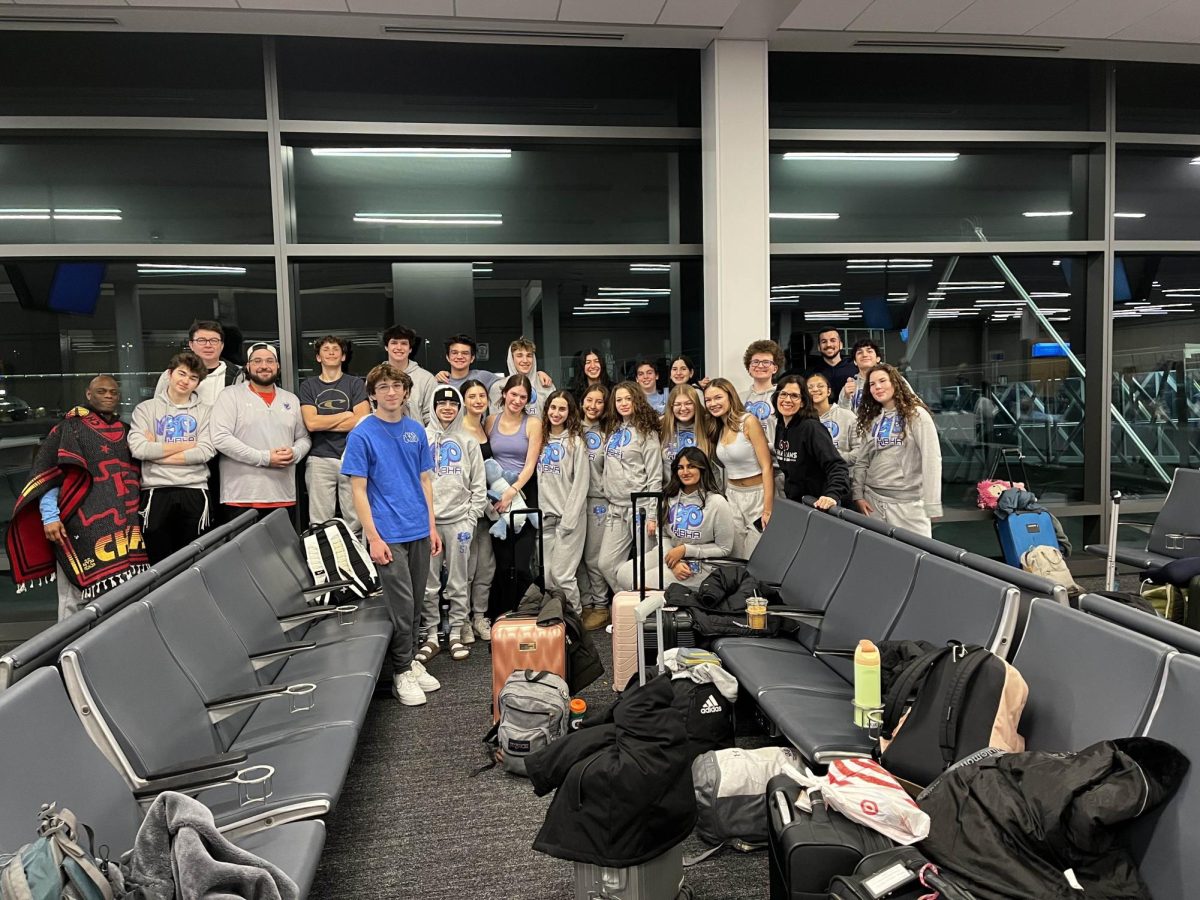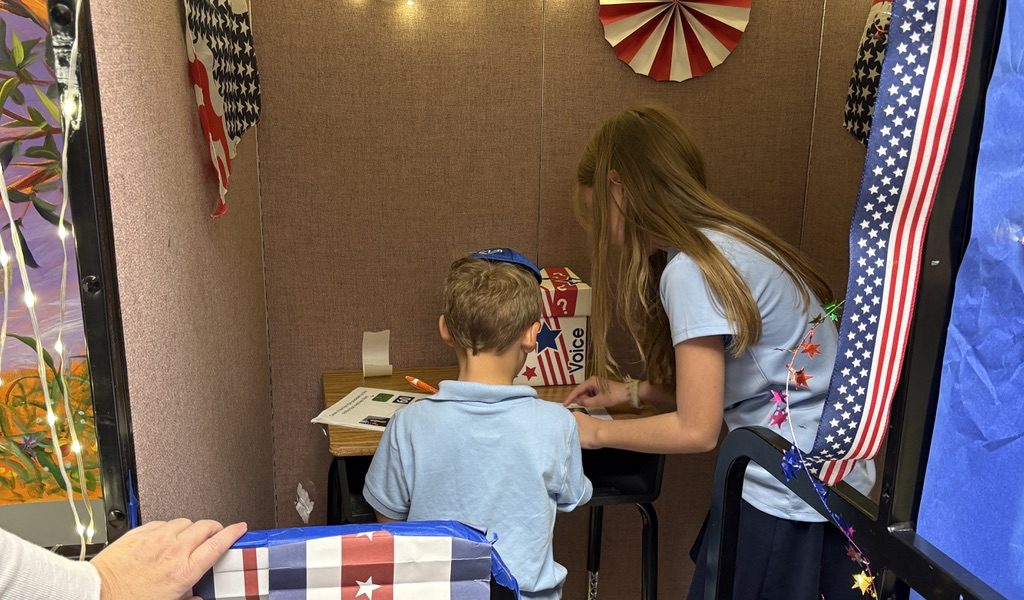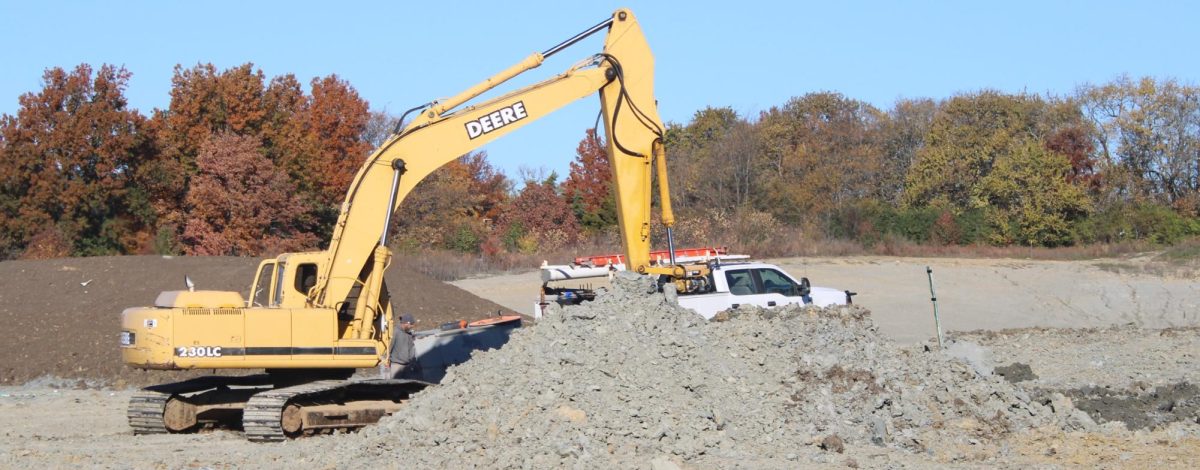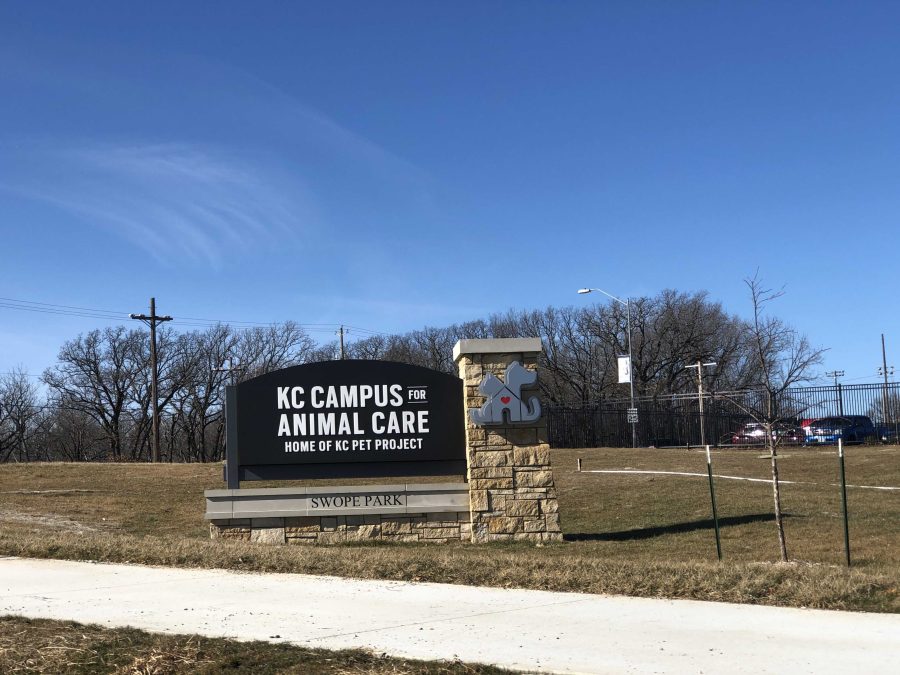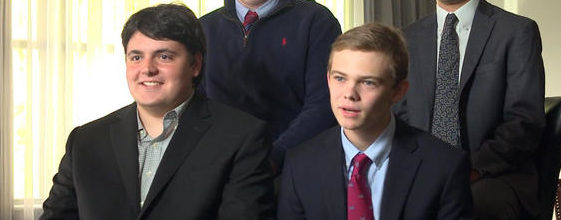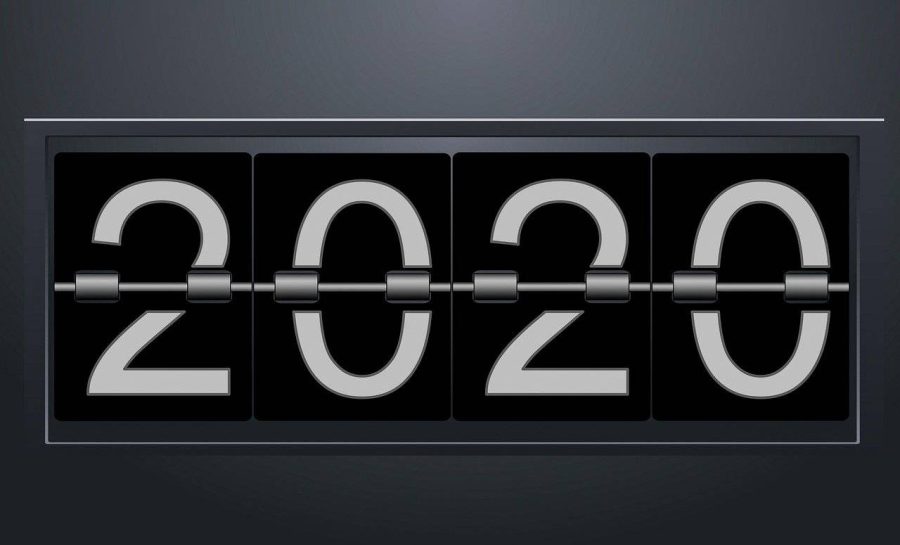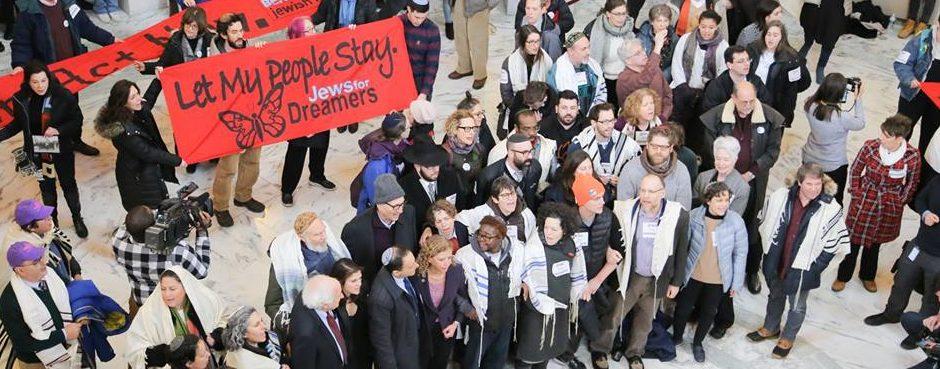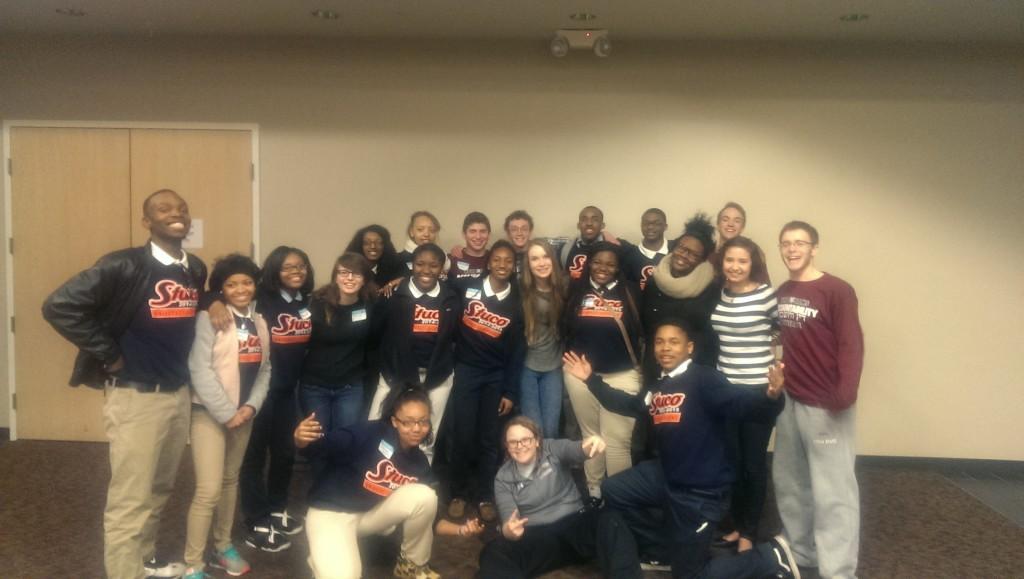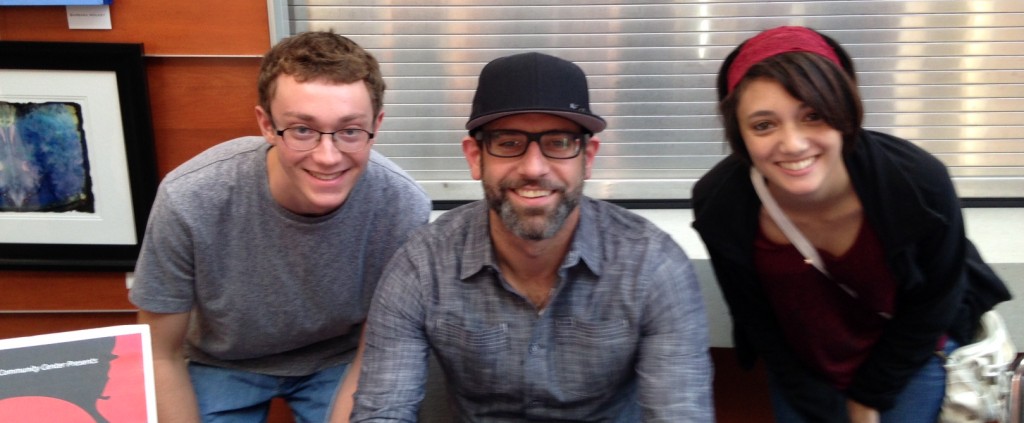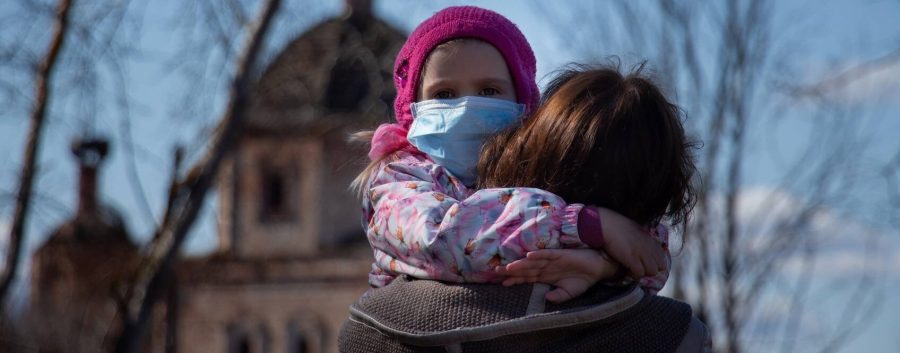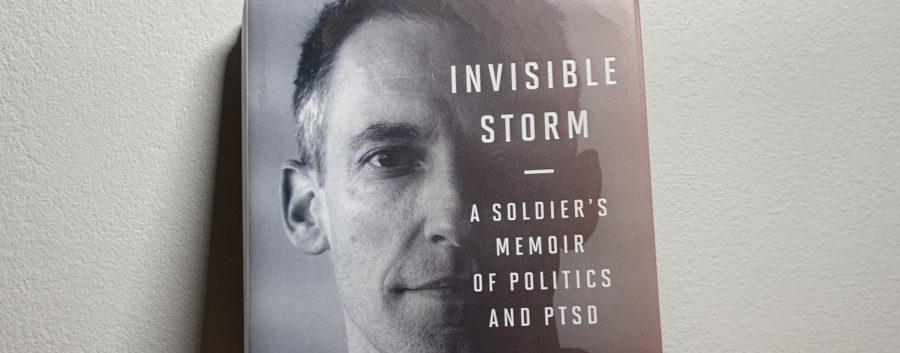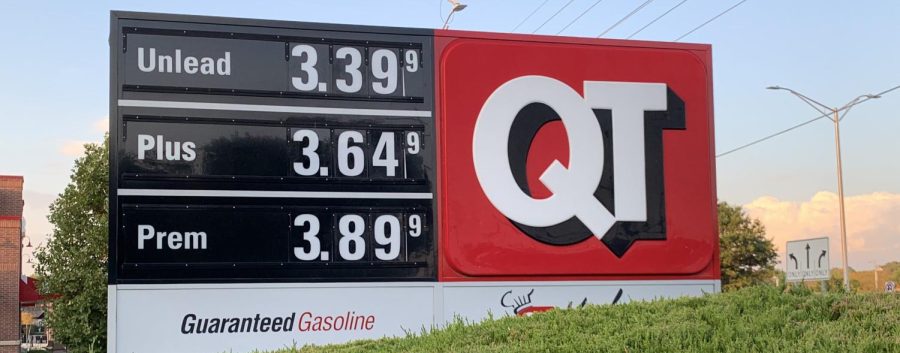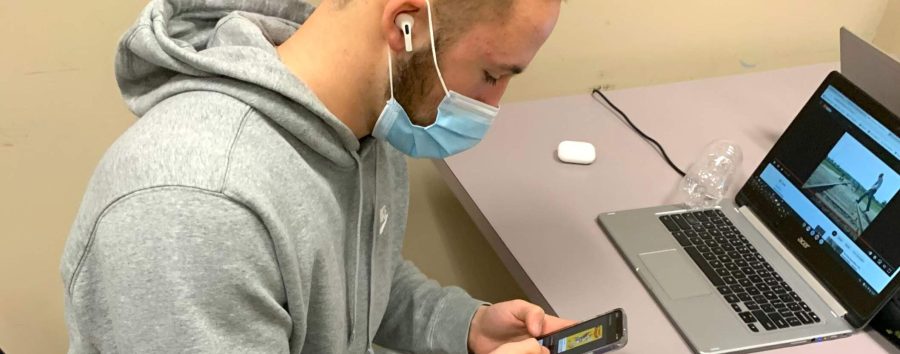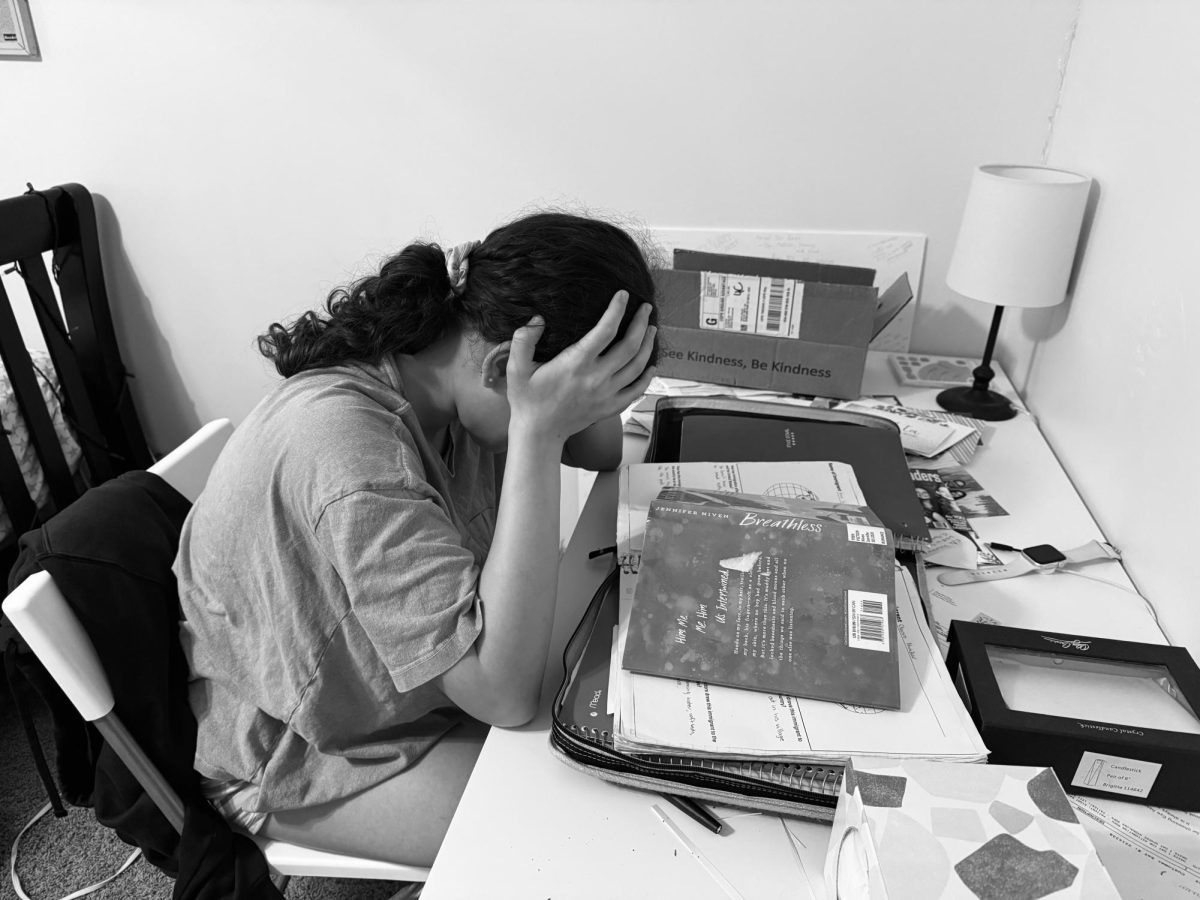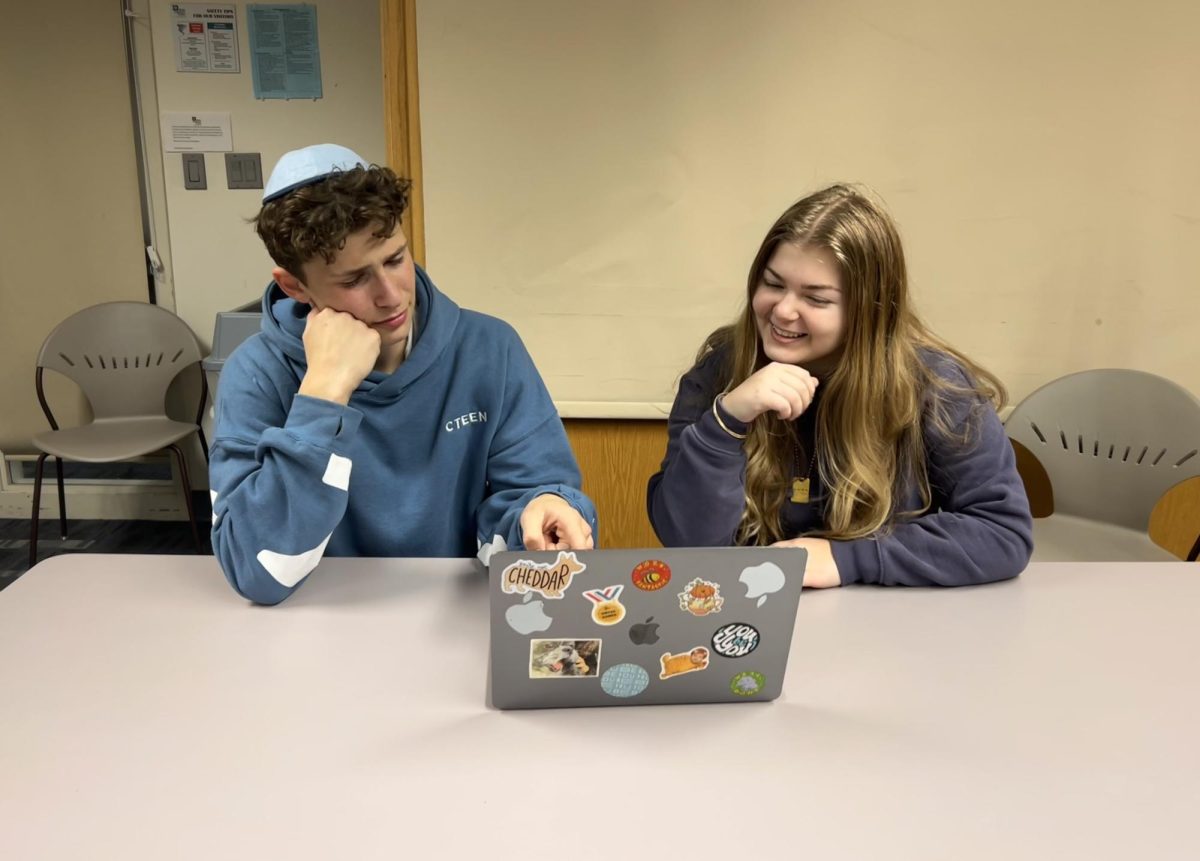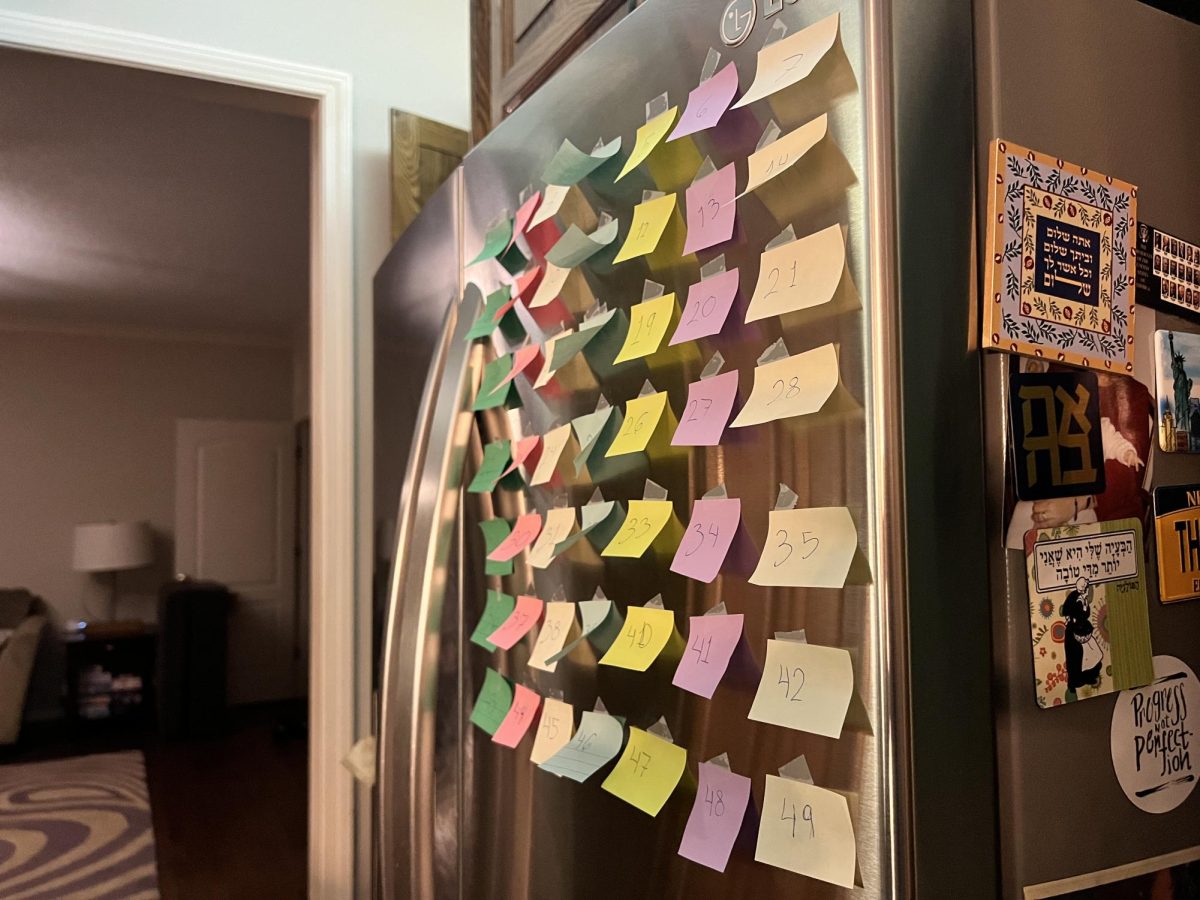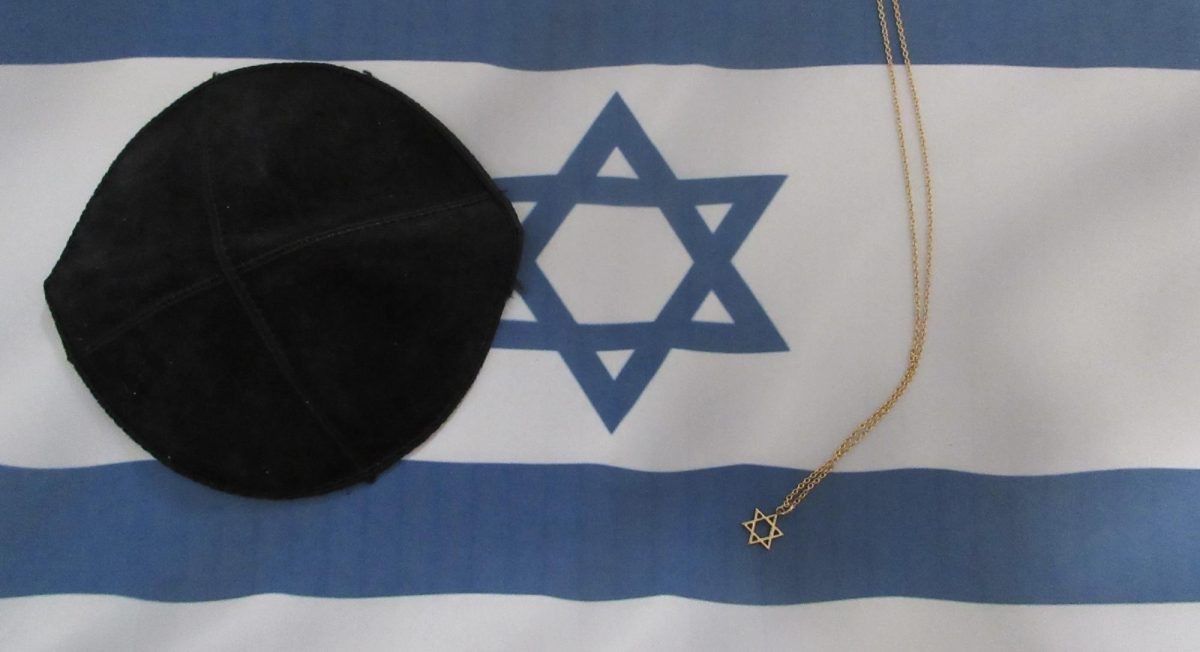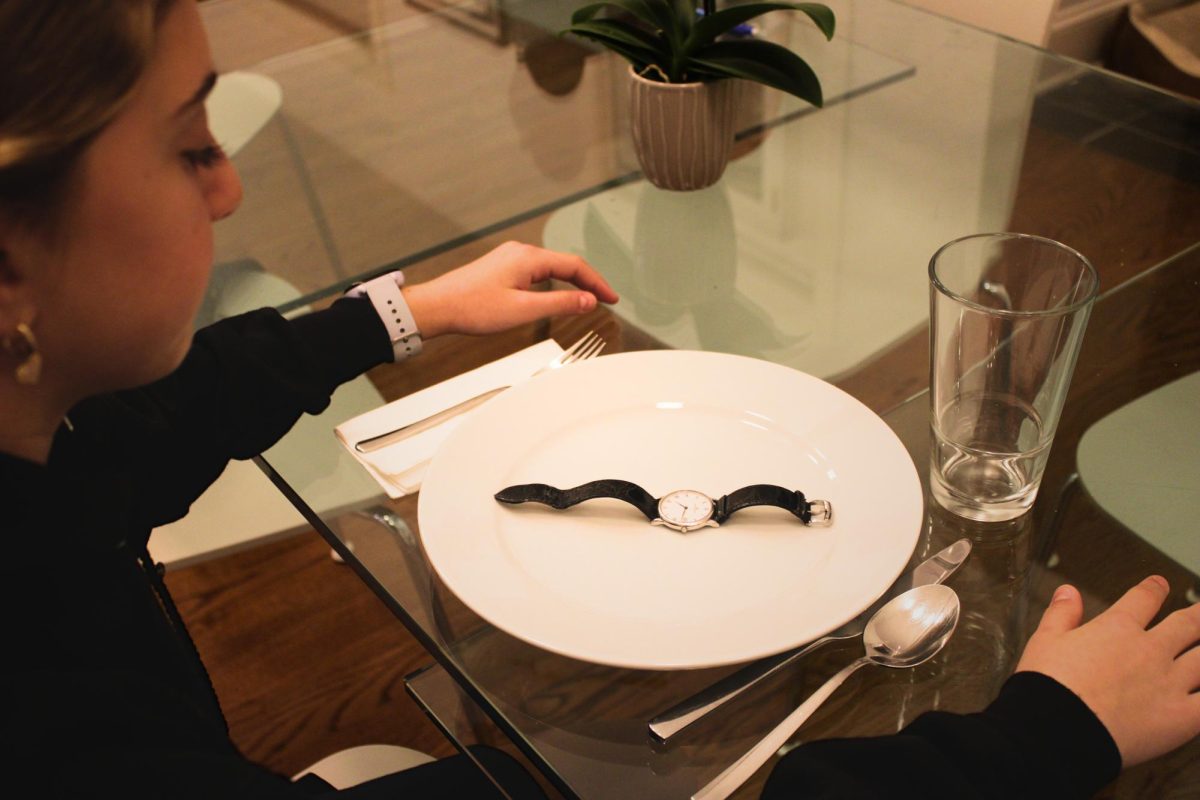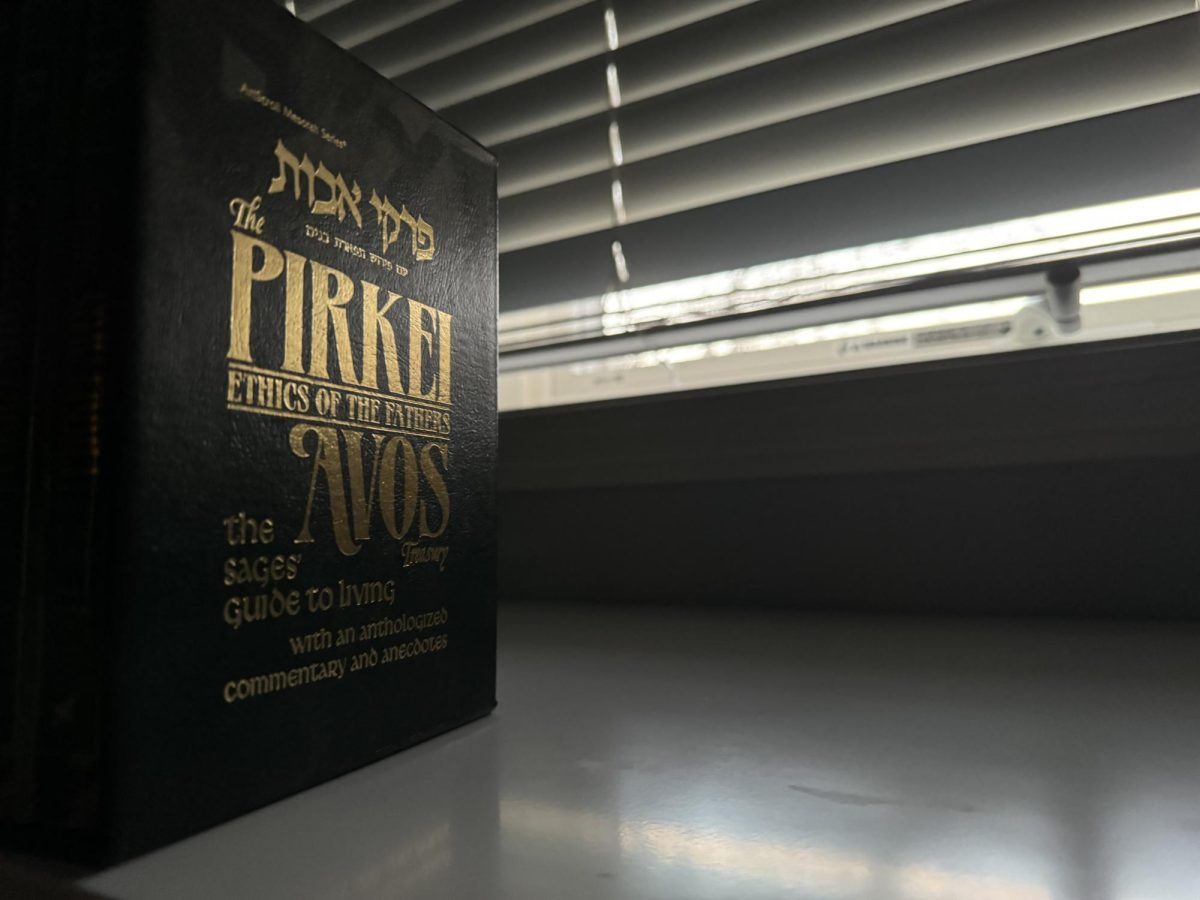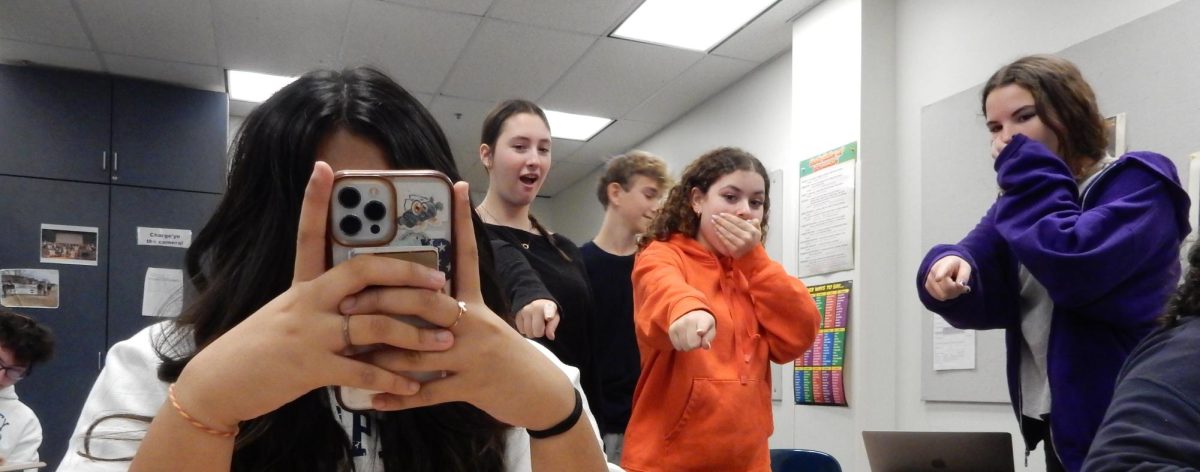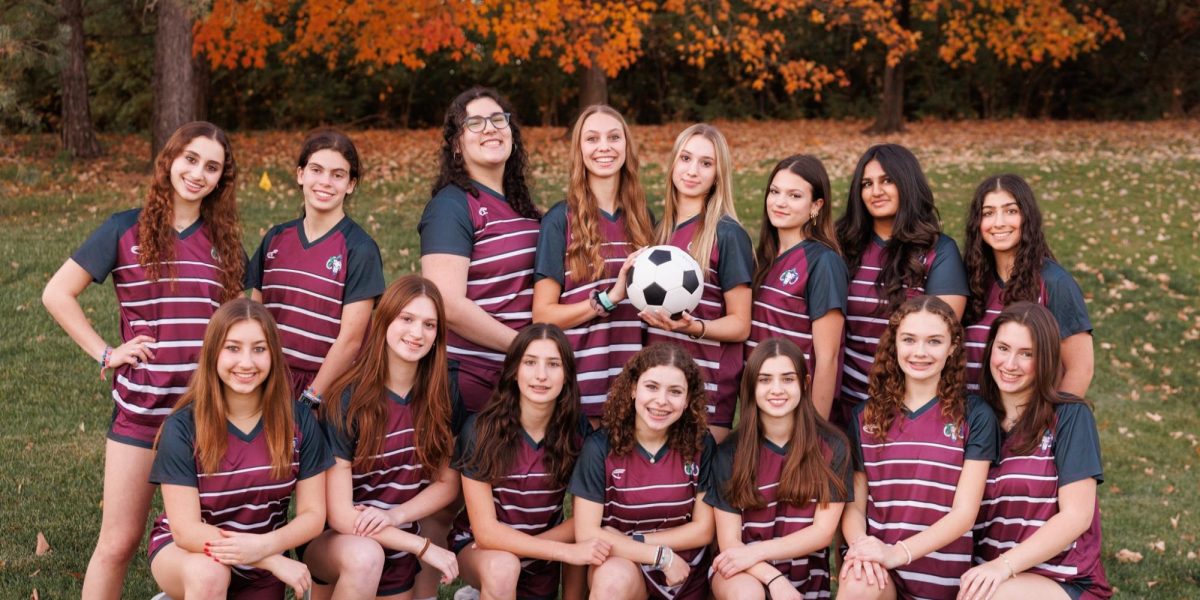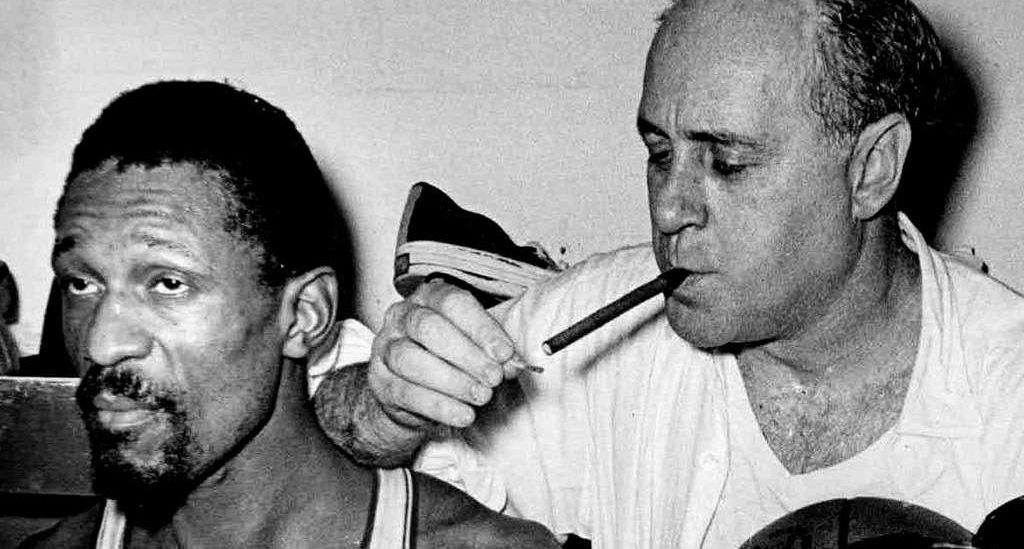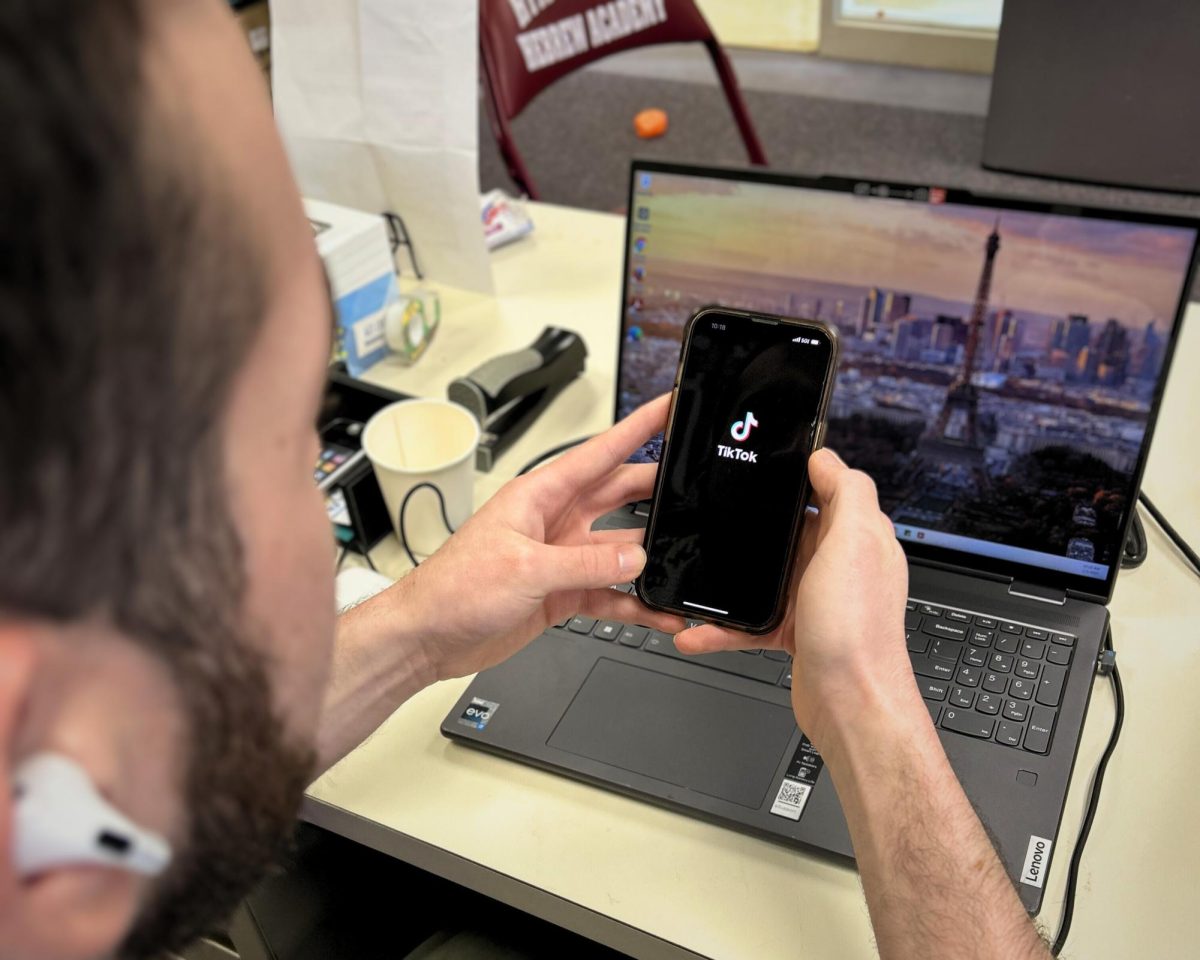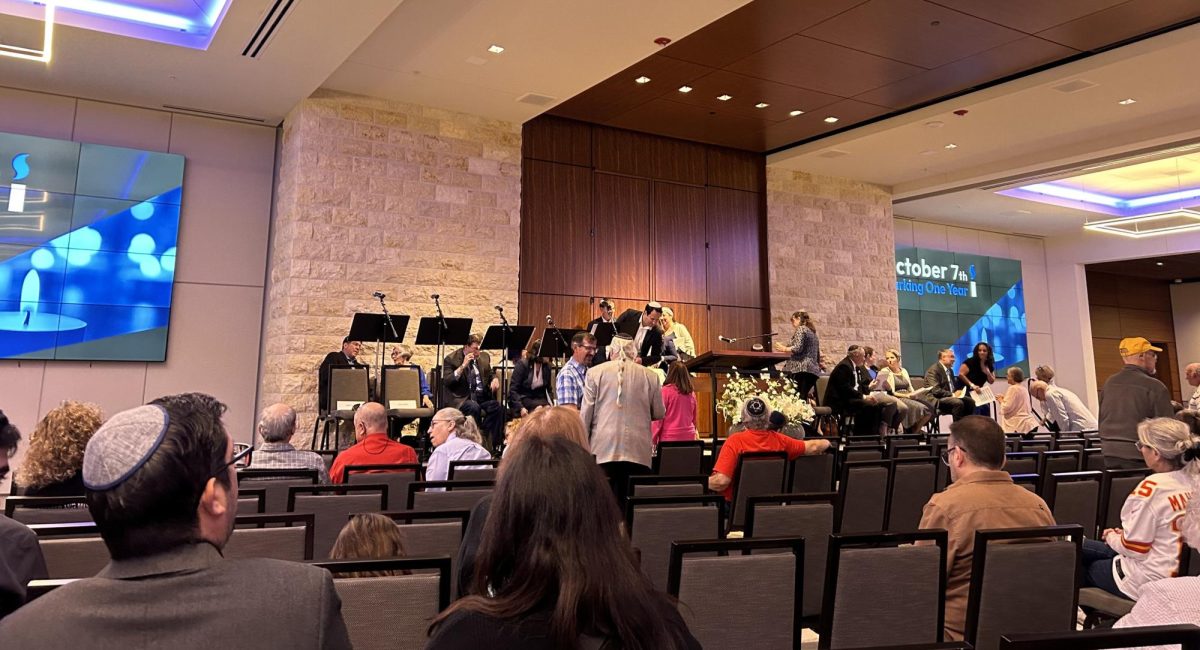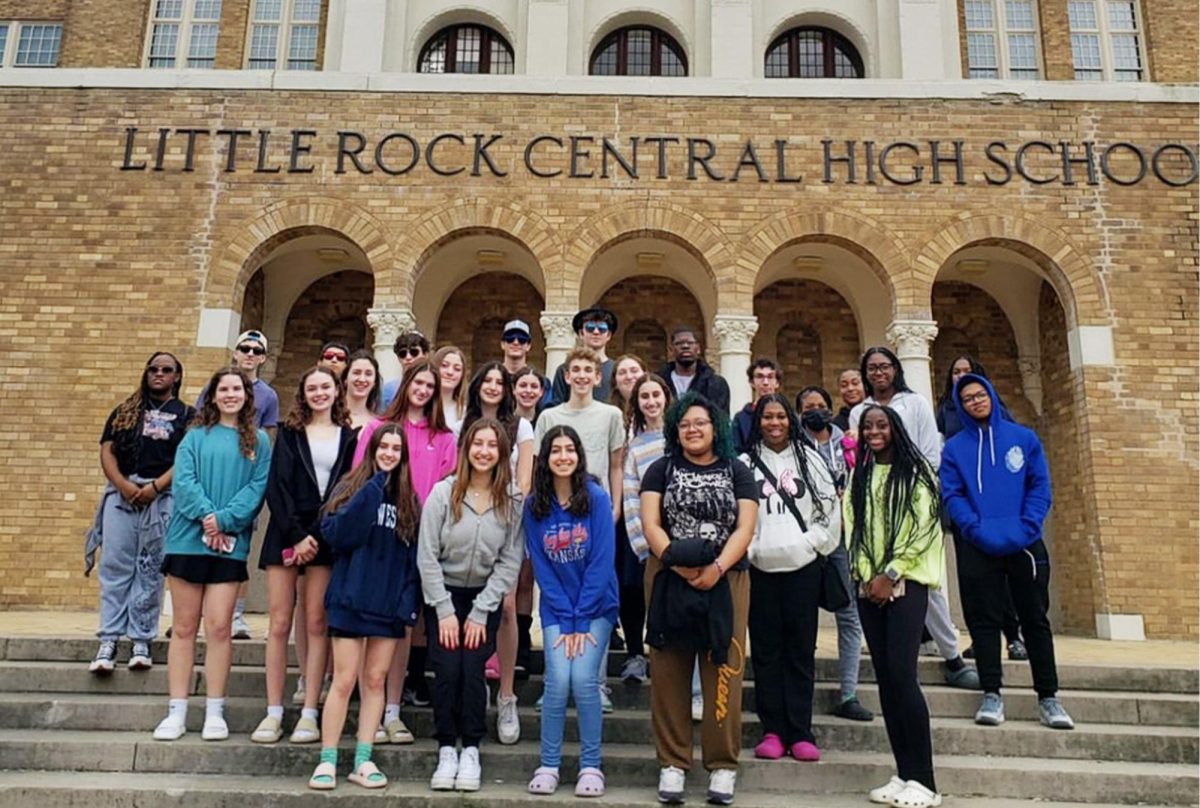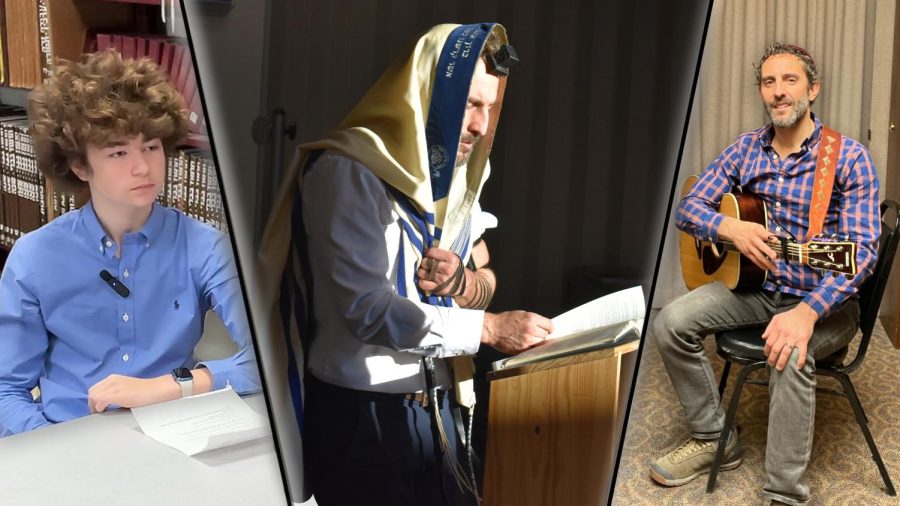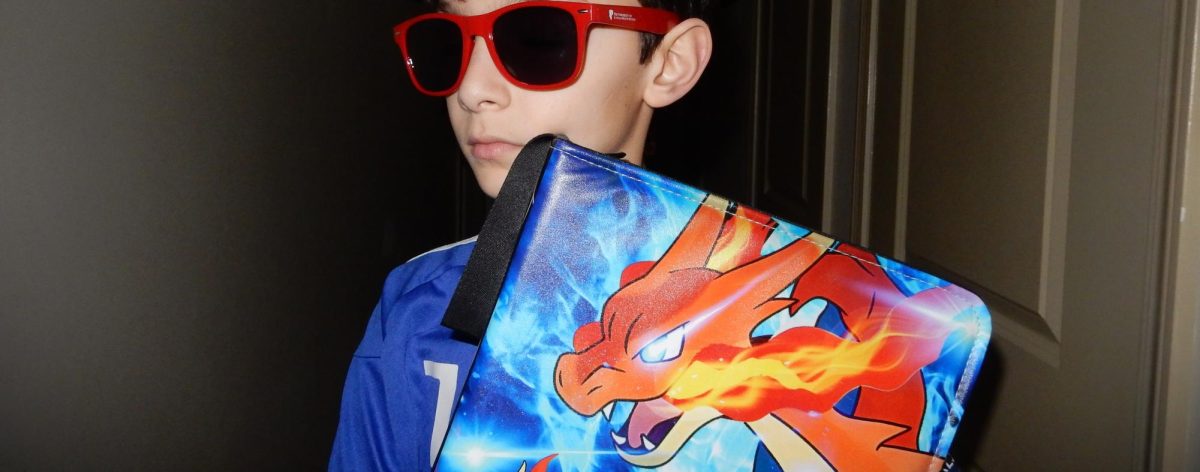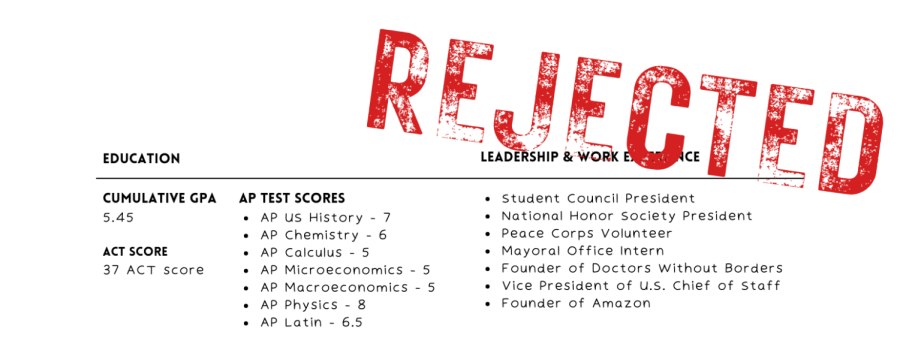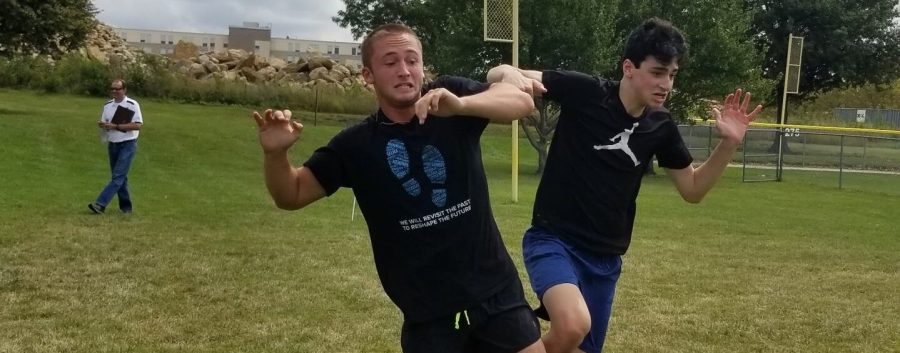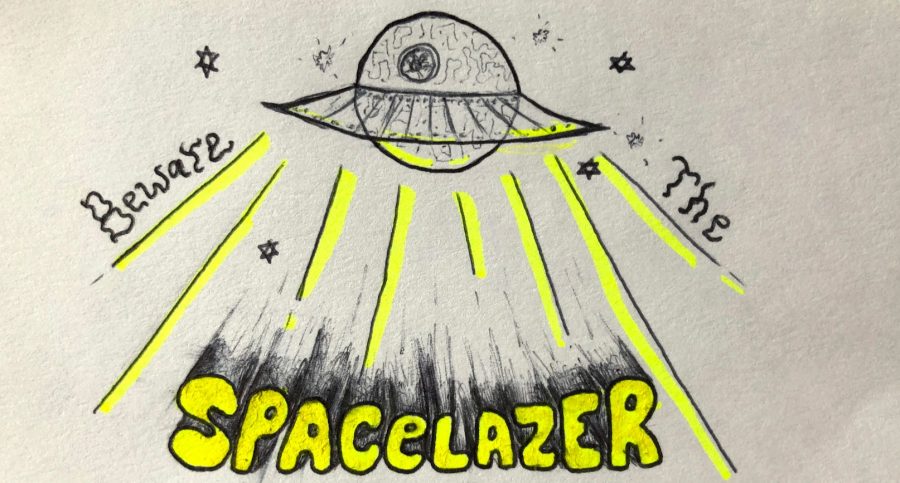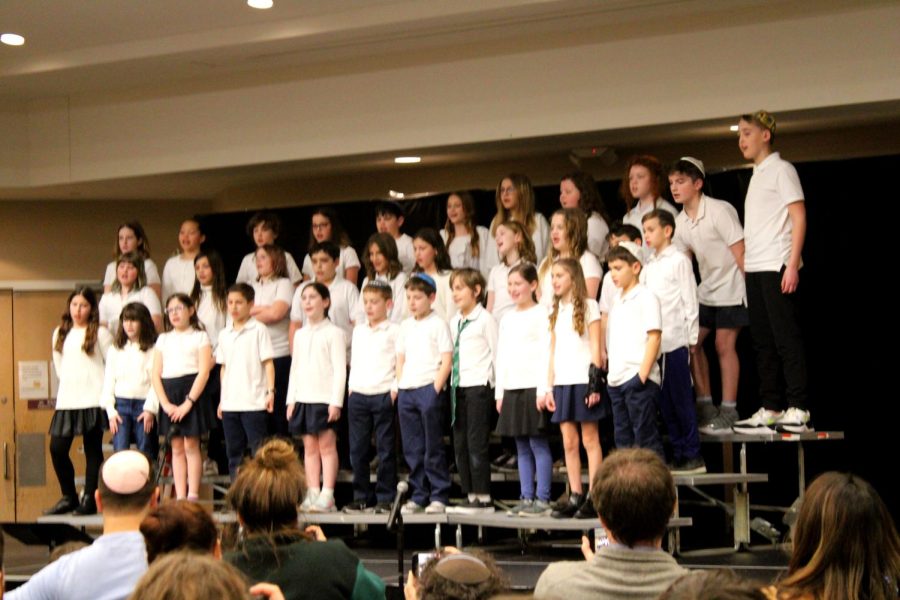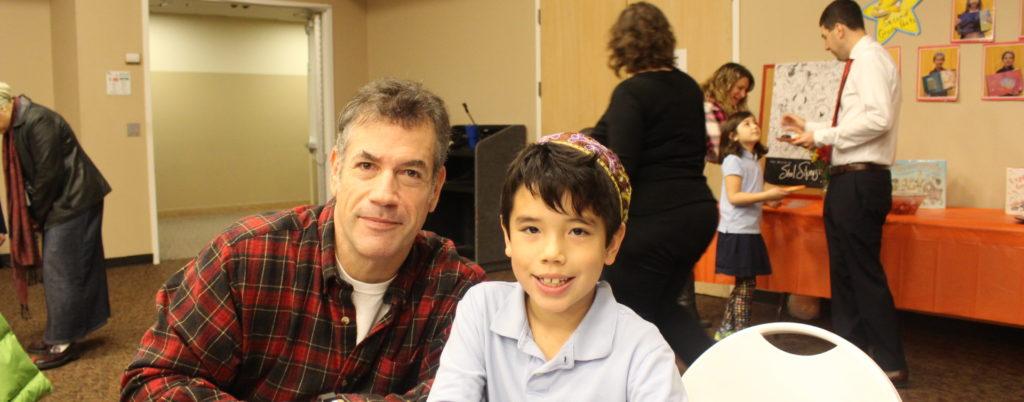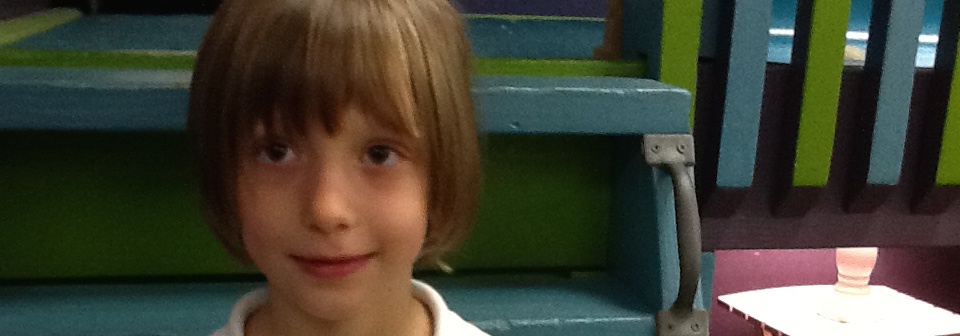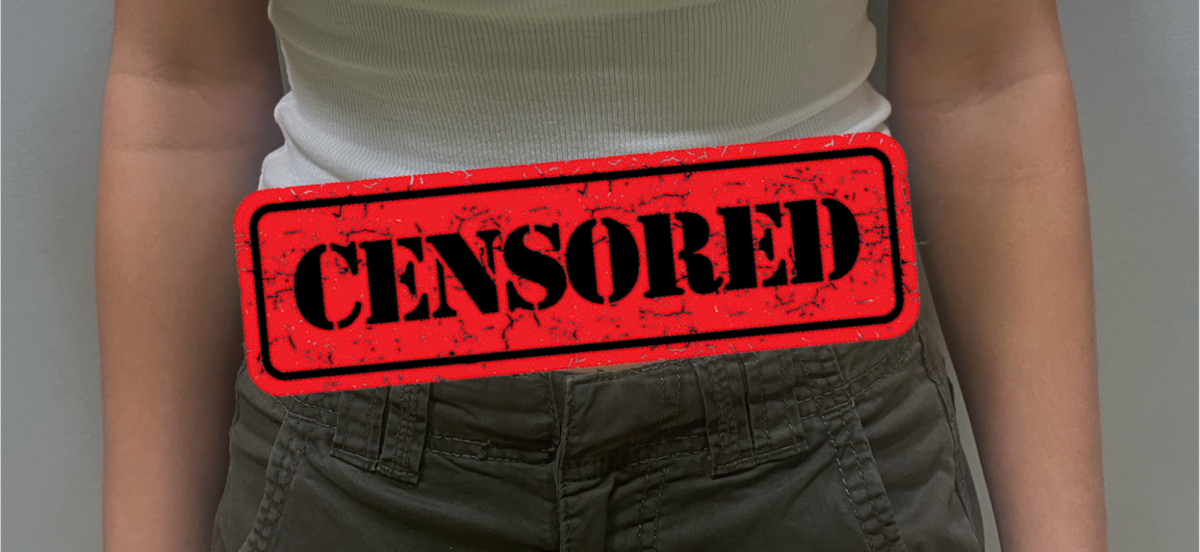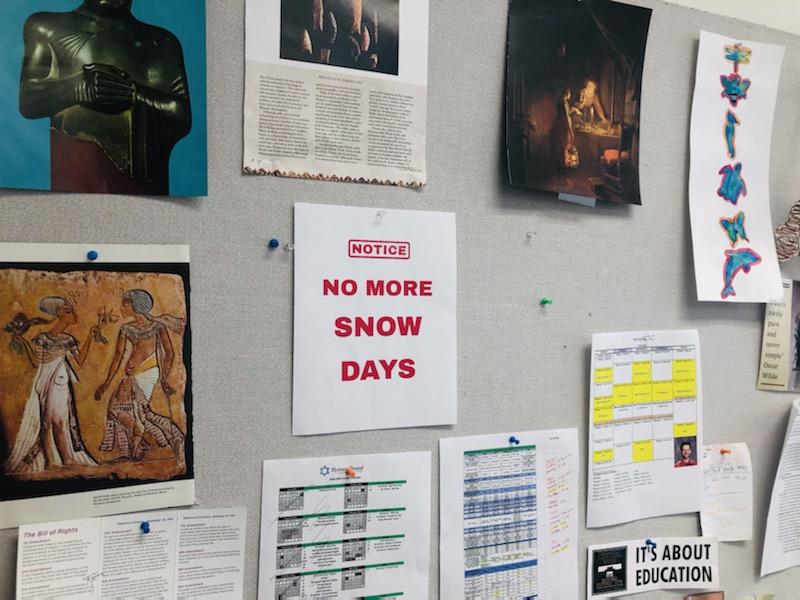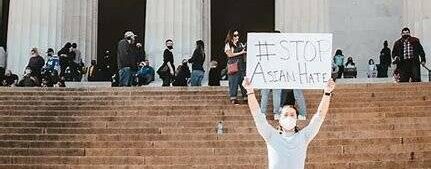Slider image by Kayla Goldenberg.
Hyman Brand Hebrew Academy (HBHA) formally defines itself as a Community Jewish Day School. As such, HBHA is not affiliated with any Jewish denomination. Rather, it welcomes students from any affiliation within Judaism, seeking to create a community based upon the shared quality of being Jewish.
HBHA’s Head of Jewish Studies, Rabbi Avi Weinstein, said “basically we try to serve all sectors of the community. Our job is to be a broker for the different belief systems [and] orientations that people have. To be a broker means we have as many different minyanim as we can, which happens to be 2 but that’s by virtue of our size not by virtue of our belief.”
Weinstein said that HBHA does consider itself pluralistic, but he clarified that “we’re not a hodge podge. It’s pluralisitic in the sense that we try to meet the needs of everybody according to the values of [our school].”
HBHA’s Director of Admissions Tamara Schuster recalls a statement made by her colleague in Jewish education: “he said: ‘you know that a Community Day School is doing things right when everyone is a little bit uncomfortable.’” Essentially, pluralism cannot be achieved without discomfort, but it is truly successful when no one group feels that another group’s perspective is unfairly receiving all of the attention at the expense of their own needs.
Within HBHA’s pluralism, rules are created in an effort to ensure that nobody is forced into deeply uncomfortable situations; HBHA does not serve traif, or unkosher food, it provides two options for prayer – egalitarian or mechitza (divided by gender), and it enforces a dress code to preserve tznius, or modesty.
It is, however, these very efforts to avoid discomfort that seem to cause the most difficulty. When one student is uncomfortable with what they perceive as a lenient definition of tznius and another student, who views it as stringent, is uncomfortable, what should we do?
The answer? Well, there isn’t an exact one. At the core of pluralism is the fact that there is not a center or a compromise that all denominations of Judaism can magically agree on. Rather, as participants in a pluralistic community, we seek to build an understanding that all views are valid, coexisting while continuing in our individual traditions.
Until recently, HBHA only had one Jewish Studies program. In order to maintain this model, the curriculum tended to swing in a more traditional direction. In 2010, HBHA adopted the Matmidim program, a Jewish Studies track centered on the beliefs of Orthodox Judaism. In doing so, HBHA has enabled its Jewish Studies curriculum to serve a wider range of students more comfortably.
Weinstein said, “The Matmidim program allowed us to be unapologetic on both sides [so that] the educational thrust of the institution could be much more direct because assumptions could be made. For instance, [for] someone who’s in the Matmidim program, it doesn’t matter what you observe at home. You’re signing up for a particular program so the teacher could teach unapologetically. While on the other side because that group was no longer in that program it gave the teachers a bit more freedom and a bit more latitude on how those kids were taught. It did have the breath of fresh air of openness and the families felt more comfortable [about the curriculum that their children were receiving].”
Certainly, only two options for prayer and Jewish Studies alike will not suit all needs and perspectives exactly, but the presence of options enables our community to function more openly.
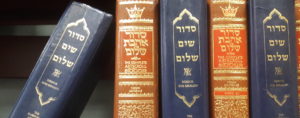
When we pray in an environment different from our personal tradition, when we learn in an environment in which the dress code does not match our personal standards of modesty, when we follow any tradition that is not our own, we are sure to feel uncomfortable. But it is the willingness to face this discomfort with bravery and enthusiasm that opens the doors to understanding. Engaging in this wonderfully challenging experience, HBHA students are better prepared to be partners at the table in their Jewish communities beyond HBHA.
On a scale wider than our school and even our city, denominational Jewish communities too often think of themselves as so separate and ideologically dissimilar that any effort to work together is futile. Even those who are willing to consider others’ perspectives can seldom find outlets in which such a large group of diverse Jews are willing to create a shared community. We too easily forget: We are more alike than we are different. The values that we share – of our heritage, our culture, our dedication to being mensches – are far more powerful than our differences. The moments in which we push our dissimilarities to the side for the sake of being a community are the moments that we learn the most about ourselves, both as a Jewish nation and as individual Jews.
The opportunities to learn these lessons are exactly why I feel lucky to be a part of the HBHA community. As a Reform Jew, I have been a minority in HBHA’s homogeneous diversity. Being an advocate for my perspective and grappling with the views of others as they compare to mine has challenged me and brought about some challenging moments. These difficult moments, however, have made me even prouder to embrace my Jewish identity. It has taught me that my identity, like our community, does not need to be an exact compromise between countless ideals. I can be Reform Jew. I can be a believer in pluralism. I can be an individual in a community. I can be a community-building individual. I can be a proud Ram, an HBHAer. I can be me – A Jew who is entirely unique yet fundamentally connected to my roots.



